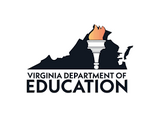
Students will develop a technological task management system to stay organized through a fictional or real production process.
- Subject:
- Theater
- Material Type:
- Activity/Lab
- Author:
- VDOE Fine Arts
- Date Added:
- 05/17/2022

Students will develop a technological task management system to stay organized through a fictional or real production process.
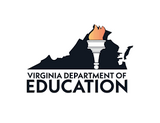
Students will use multimedia tools to conduct data analysis related to school productions.
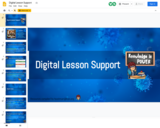
Theresa Sincere-Eastman of Loudoun created this presentation for teachers moving to online teaching. It has several tips and links to supportive resources.

Teachers will need to make a copy of the digital activity prior to using it.Students will complete a slide that will describe them and show a photo.
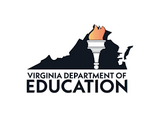
Students work to create a soundtrack of songs that represent their community and their shared values. Songs curated in the list will include narrative justification for their selection.
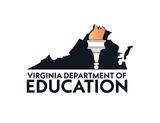
Students will use a digital composition tool to create a melody with specific parameters, based on grade level goals and standards. The teacher prepares a poem with a rhythm on one note, and students will create a melodic-variation to share with others.
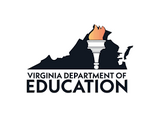
Students will explore elements if art in a digital drawing program.

Students will demonstrate their musical interests by creating a playlist using a platform of their choice. Students should analyze and evaluate music choices. Students will then share across an in-house, local, or global digital musical community to share and discuss their musical interests. Students will participate in analytical and evaluative discussions with the musical community.

Students will learn about digital media production tools while viewing a high-quality video recorded performance. Students will be able to view a high quality performance, while also learning ways to record and save performances for distribution.
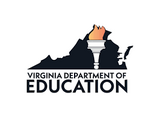
Students will use a recording platform to layer tracks and produce a small ensemble piece as the only performer. This process encourages individual accountability and emphasizes the importance of ensemble performance skills.
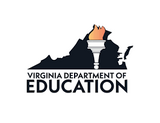
Students will learn and perform a backing track as an ensemble, then improvise over that ensemble-recorded backing track.
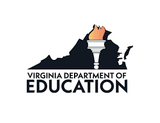
One of the key elements of any video is the sound that we hear along with it. In this lesson, students will use video editing software and/or a digital audio workstation (DAW) to record a soundtrack to a film.
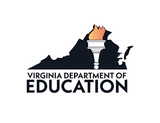
Students integrate the use of a digital audio workstation (DAW) to understand musical theory including timbre (layering), composition (creative thinking), and voicing. Students learn various DAWs in order to use a variety of technologies within a design process by creating new, useful, or imaginative musical creations.

Students will collaborate to produce a music video of an assigned piece. Using a digital audio workstation (DAW), students record themself on their individual part. Students create individual visual storyboards for the music video then collaborate as an ensemble to make a master storyboard. Using the student storyboard ideas, the teacher and students film and edit the video to align with the audio and create a final music video.
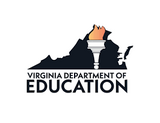
Students will tour online museums to examine instruments from other cultures. Students will use research from museum tours and understanding of sound to design an original instrument following engineering design principles.
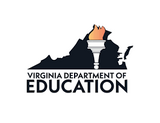
Students will collaborate with a penpal from another school to create a new piece of music together. Using a collaborative-friendly music platform, students will brainstorm and create a composition project.
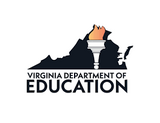
Students create a four-measure rhythm composition using an interactive slide deck. Teachers can provide different guidelines and rhythmic components (time signature, note/rest value) in the interactive slide deck for different grade levels and/or student musical ability. Students then perform their rhythm composition on a digital instrument of their choice from a variety of sources (e.g. Makey Makey bongos, Music K-8 boomwhackers, etc.). Students compare and contrast digital and traditional methods for creating music.
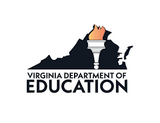
Students will work to create categories and tags for songs that can be used by music streaming platforms to assist listeners in finding songs that are similar to other songs. Students will work to curate a playlist for the class that includes songs that exhibit similar musical traits to the other songs within the playlist. Student groups then share the finished playlist with the class and how the playlist has been sorted to create similiarities between songs.
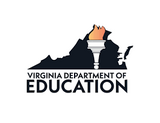
Students need to know that their voice matters to this world and that they can create music that will enhance their community. This project is designed to allow students to engage in small groups to create an original piece of music. It will comprise elements of composition, improvisation, music theory, musical notation, and performance while working within a group setting. Students will use a digital audio workstation to record, edit, and remix their song.

These are a selection of resources to help parents and caregivers support their children with technology. For more free resources on digital parenting like a free course see Digital Respons-Ability's digital parenting resources.